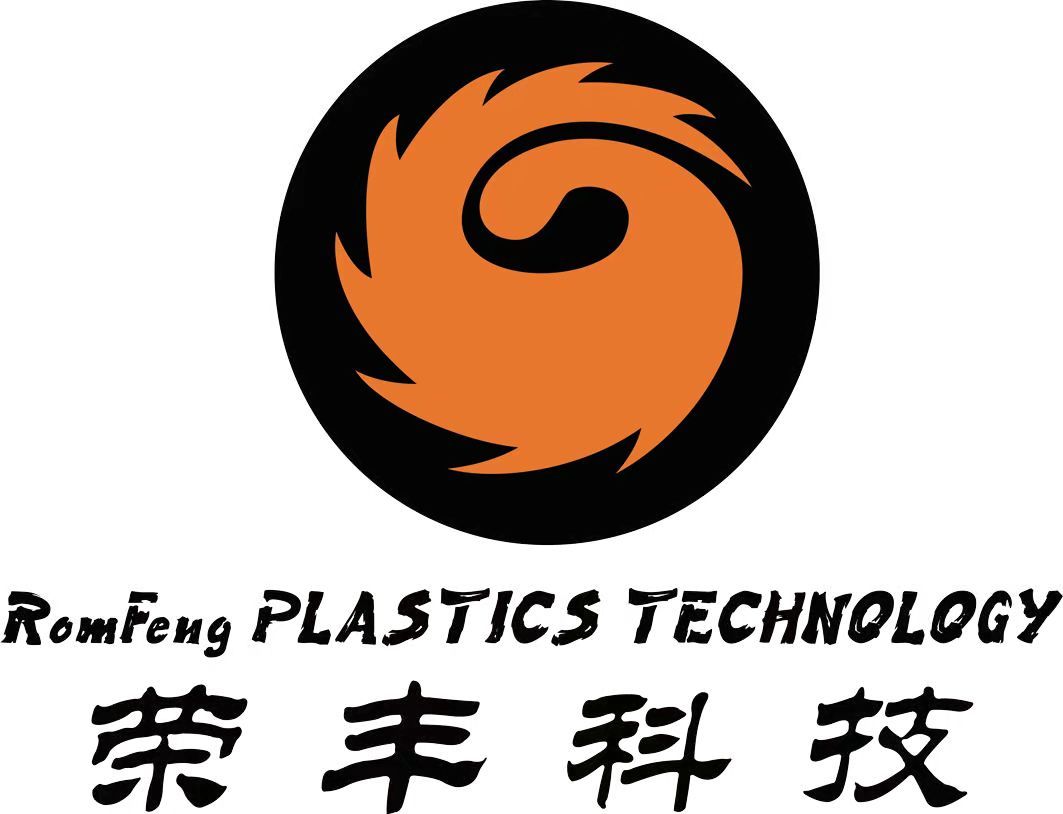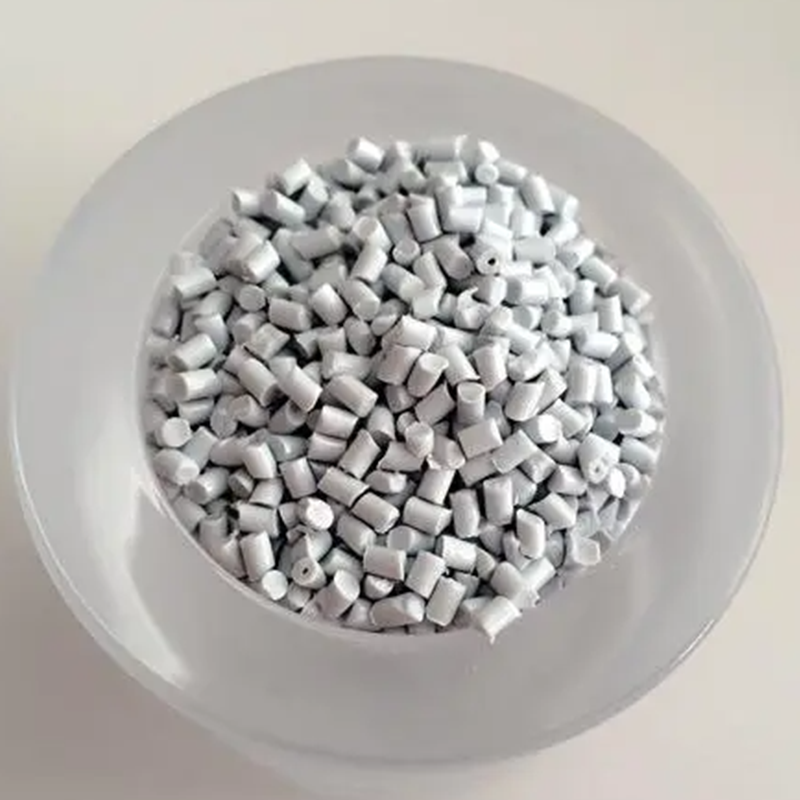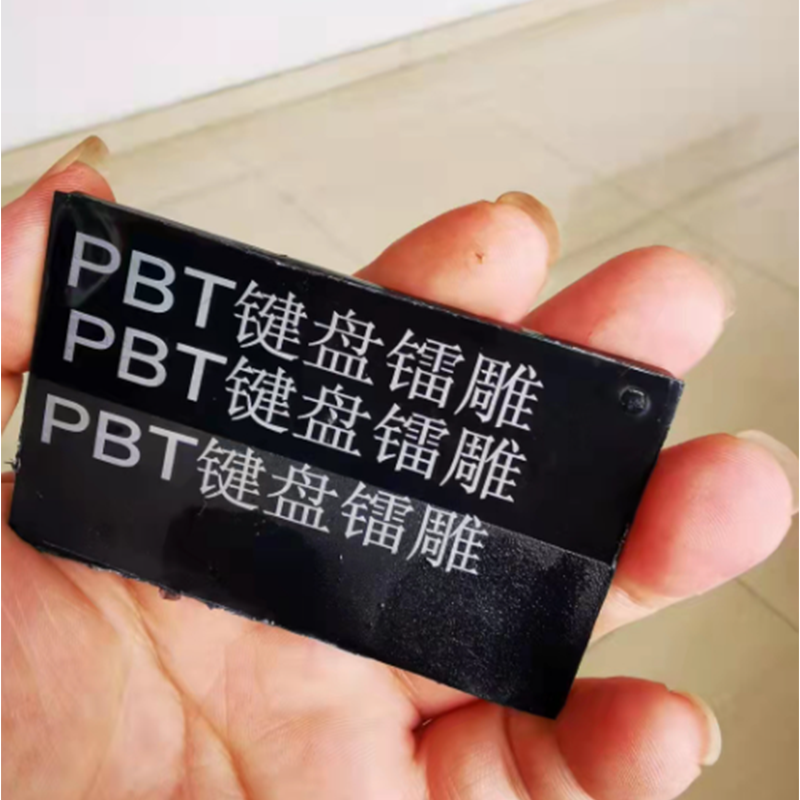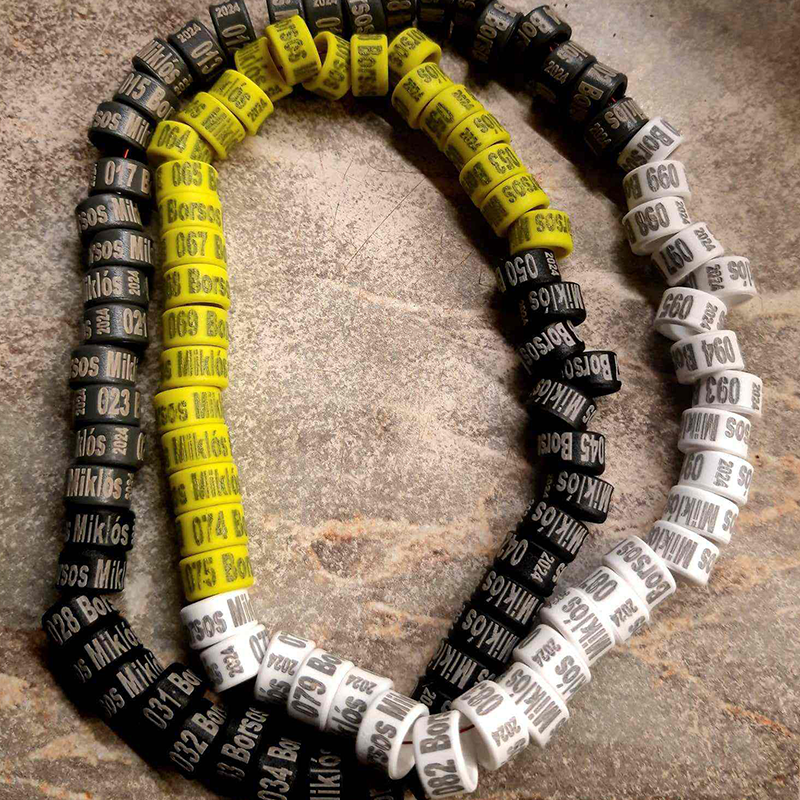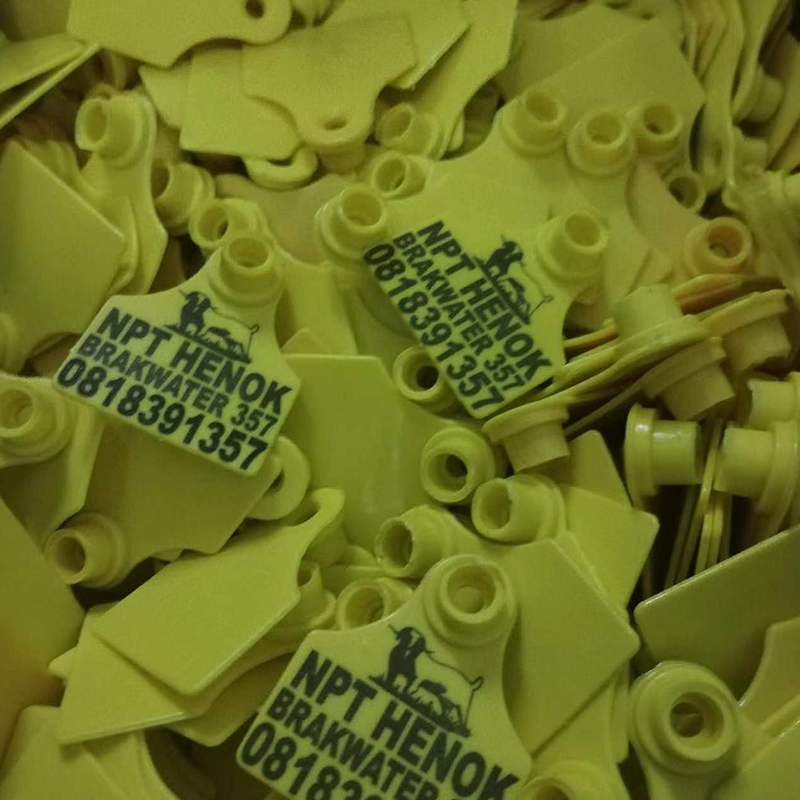PRODUCTS
Laser Marking Additives
Laser Marking Additives Specialized compounds (e.g., bismuth-based agents, metal oxides) integrated into plastics (0.5–5% loading) to enable high-contrast, permanent markings when exposed to laser energy (e.g., CO₂/fiber lasers). Technical Mechanism Generate localized thermal reactions (carbonization/foaming) on polymer surfaces, creating crisp, wear-resistant patterns without damaging substrates. Compatible with engineering resins (PA, PBT, PC) and polyolefins, maintaining base polymer properties. Key Advantages Precision: Achieves micron-level detail for barcodes, logos, and serial numbers. Eco-Efficiency: Solvent-free process vs. traditional ink printing. Durability: Resists chemicals, abrasion, and UV fading. Primary Applications Automotive part traceability (VIN tags, fluid reservoirs). Medical device labeling (surgical tools, implants). Electronics (3D circuit boards, semiconductor packaging).
Categorize:
Additive Masterbatch
Keyword:
Supporting Products
Laser Marking Additives
In the rapidly evolving world of manufacturing and product identification, laser marking has emerged as a preferred method for creating permanent marks on a variety of materials. The versatility and precision of laser marking technology have made it indispensable across industries such as automotive, electronics, and packaging. However, to achieve optimal results, the use of laser marking additives has become increasingly significant. This article delves into the role of laser marking additives, their types, benefits, and applications.
Laser marking additives are substances that are incorporated into materials to enhance their ability to absorb laser energy, thereby improving the marking process. These additives can significantly influence the quality, speed, and durability of the marks produced. The primary function of these additives is to create a contrast between the marked area and the surrounding material, ensuring that the markings are clearly visible and long-lasting.
There are several types of laser marking additives available, each designed for specific materials and applications. The most common types include colorants, fillers, and functional additives.
Colorants are perhaps the most widely used laser marking additives. They can be organic or inorganic pigments that are mixed into the base material. When exposed to a laser, these colorants absorb the energy and change color, creating a visible mark. For instance, black and white pigments are frequently used in plastics to produce high-contrast markings. The choice of colorant can also affect the speed of the marking process, as some pigments absorb laser energy more efficiently than others.
Fillers are another category of additives that can enhance the laser marking process. These materials can improve the physical properties of the base material, such as its strength and thermal stability. Certain fillers can also enhance the laser marking's visibility by altering the way the material interacts with the laser beam. For example, adding titanium dioxide can increase the opacity of a plastic, leading to more pronounced markings.
Functional additives serve specific purposes beyond mere color enhancement. For example, some additives can improve the thermal conductivity of the material, allowing for better heat dissipation during the laser marking process. This can be particularly beneficial when working with materials that are prone to warping or degradation under high temperatures. Other functional additives can impart specific properties, such as UV resistance or antimicrobial features, which can be advantageous in particular applications.
The benefits of using laser marking additives are numerous. First and foremost, they enhance the quality of the markings. By improving contrast and visibility, these additives ensure that the marks are easy to read and can withstand environmental factors such as UV exposure, abrasion, and chemical exposure. This durability is crucial in industries where product traceability and identification are paramount.
Moreover, laser marking additives can streamline the marking process itself. By optimizing the interaction between the laser and the material, manufacturers can achieve faster marking speeds without compromising quality. This efficiency can lead to increased productivity and reduced operational costs. Additionally, the use of additives can minimize the risk of defects, such as discoloration or uneven marking, which can arise when working with materials that do not naturally absorb laser energy well.
The applications of laser marking additives are vast and varied. In the automotive industry, for example, these additives are used to mark parts with serial numbers, barcodes, and logos. The permanence of laser markings is crucial in this sector, as it ensures compliance with regulations and facilitates product traceability throughout the supply chain.
In the electronics sector, laser marking additives are used to create markings on circuit boards and components. The ability to produce high-contrast markings on small and intricate parts is essential for identification and quality control. Furthermore, the durability of laser markings is vital in ensuring that they remain legible throughout the product's lifespan.
The packaging industry also benefits significantly from laser marking additives. With the rise of smart packaging solutions, the need for clear and durable markings has never been greater. Additives that enhance the visibility of barcodes and QR codes can improve consumer engagement and streamline inventory management.
As technology continues to advance, the development of new laser marking additives is likely to evolve as well. Research is being conducted to create more environmentally friendly additives that do not compromise performance. This shift towards sustainability is becoming increasingly important as manufacturers strive to reduce their environmental impact.
In conclusion, laser marking additives play a crucial role in enhancing the effectiveness and efficiency of the laser marking process. By improving the visibility, durability, and quality of markings, these additives contribute to the overall success of various industries. As the demand for high-quality, permanent markings continues to grow, the importance of laser marking additives will only increase. Manufacturers must stay informed about the latest developments in this field to ensure they are using the best materials and techniques for their specific applications. The future of laser marking is bright, and with the continued innovation of additives, it promises to be even more efficient and sustainable.
Certification
We rely on science and technology to create great achievements, and we see real achievements in the details. Every step of the way, my team and friends and I feel solid.
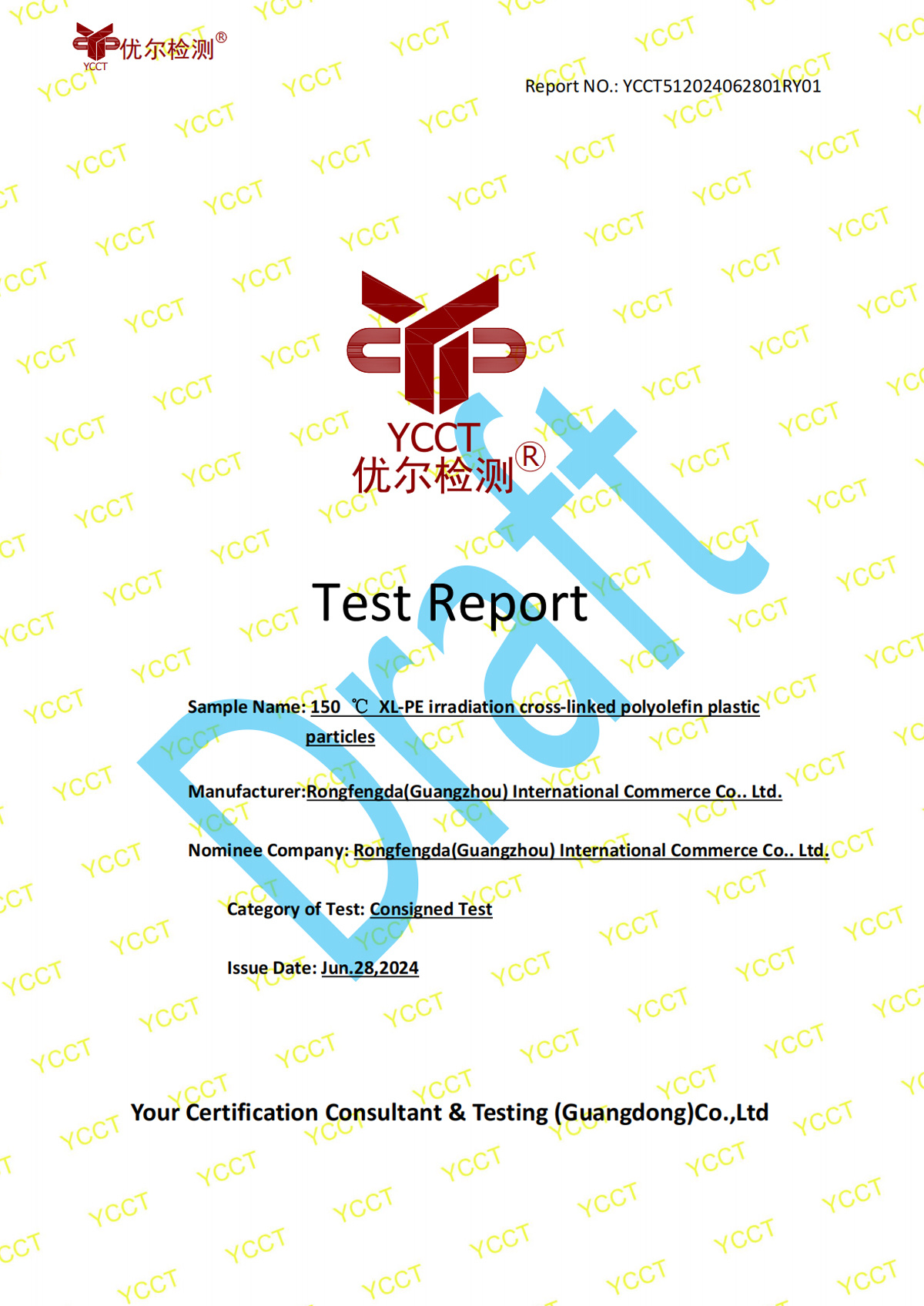

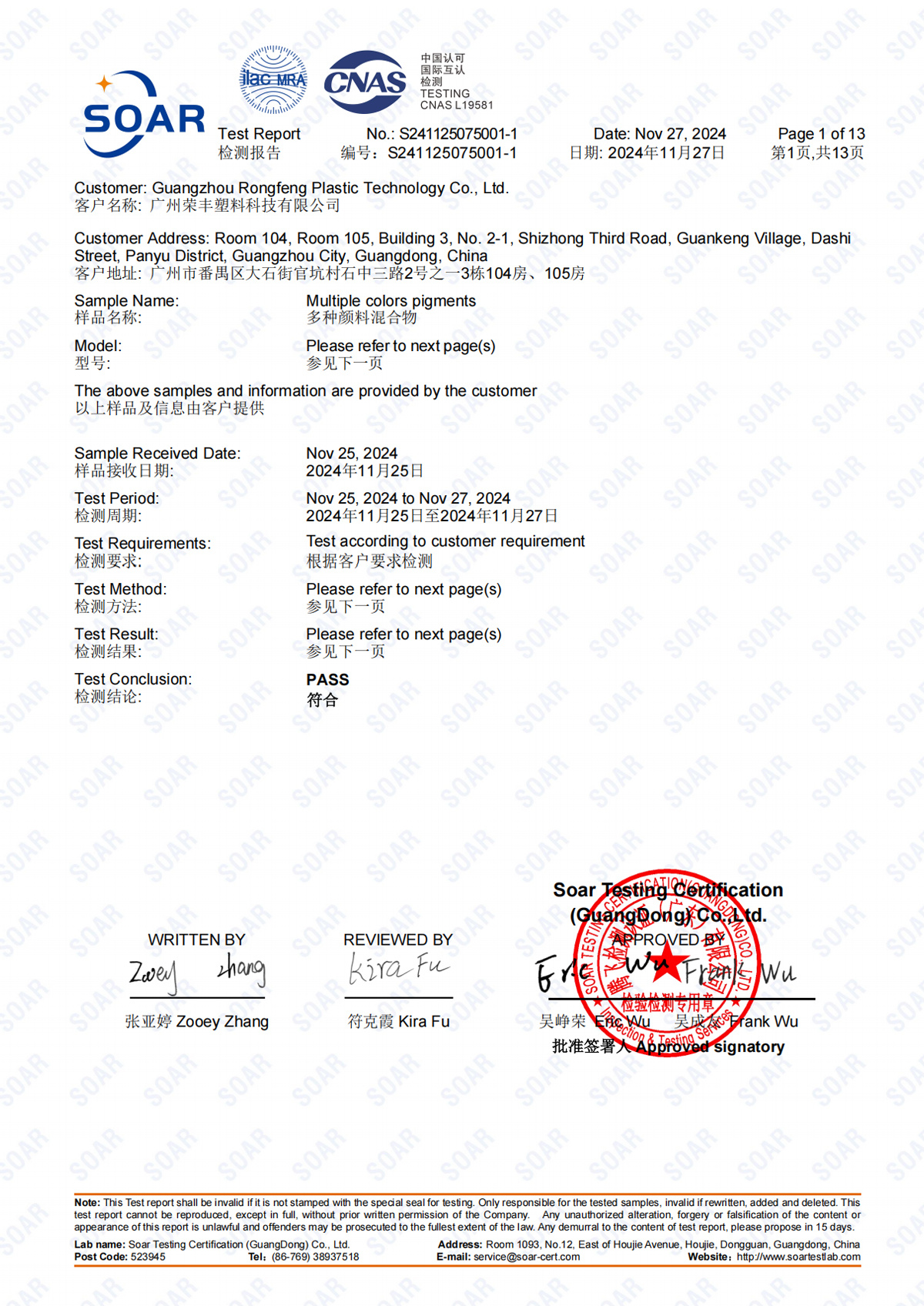
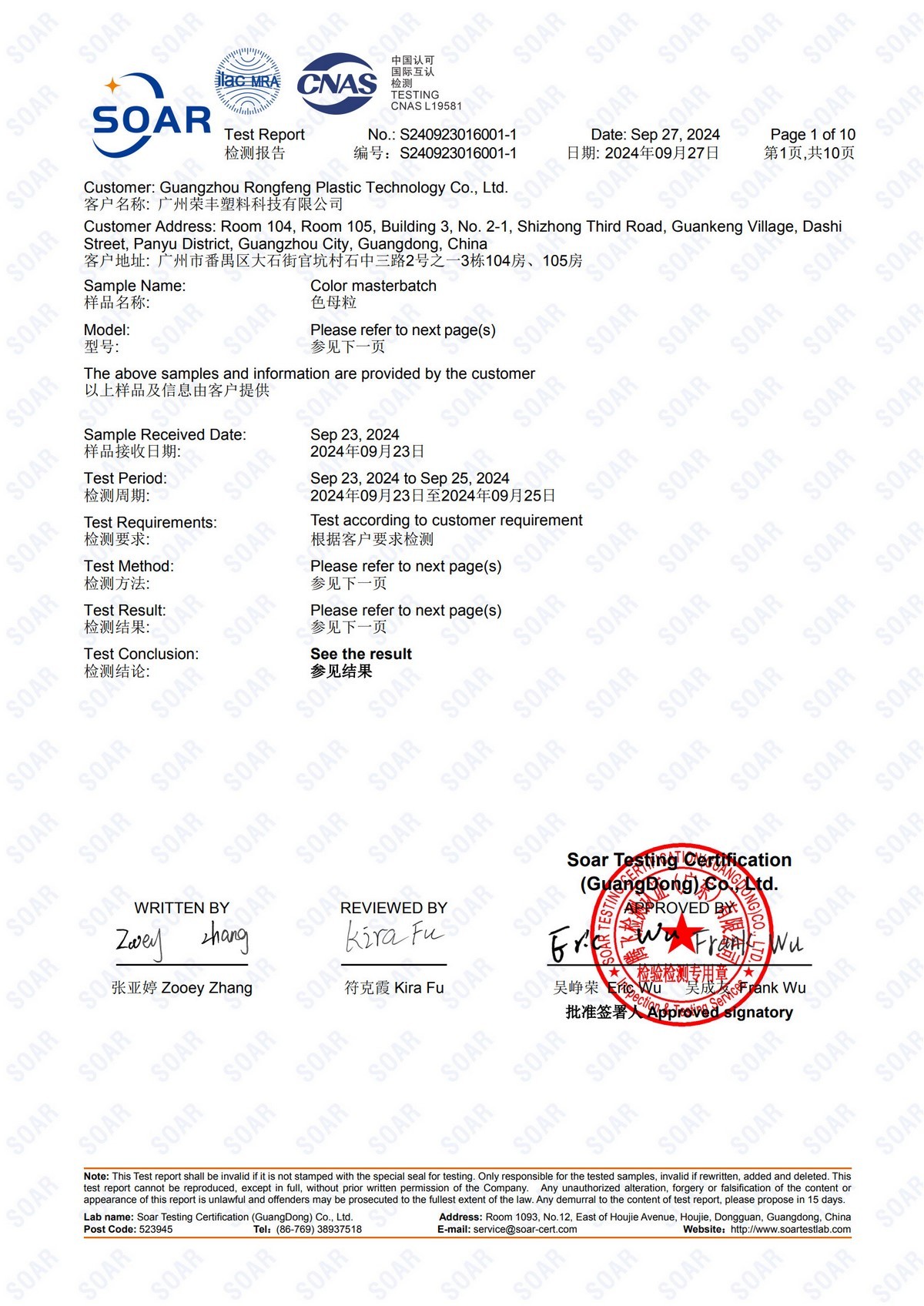
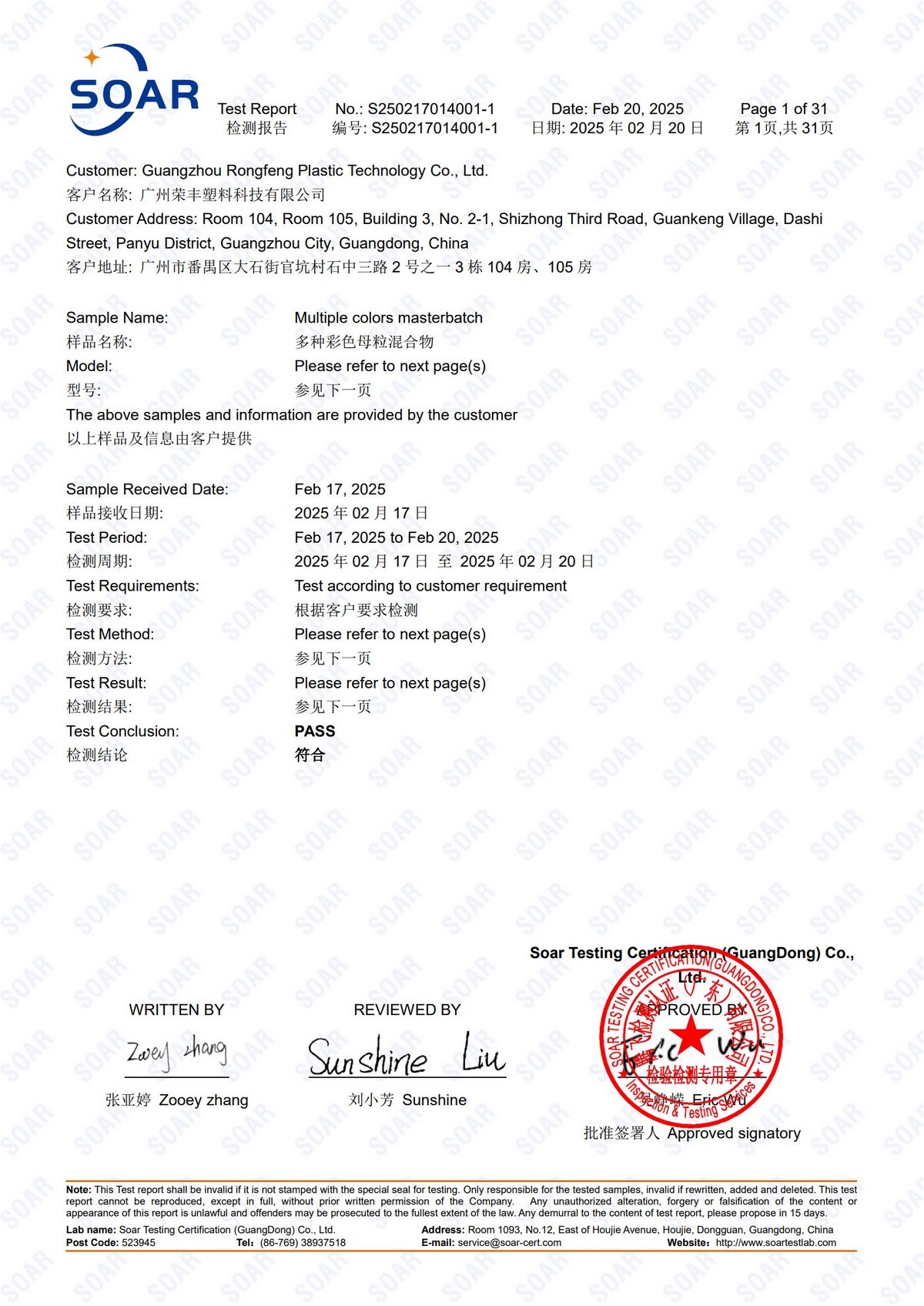
Get in Touch
You can contact us any way that is convenient for you. We are available 24/7 via fax or email. You can also use a quick contact form below or visit our salon personally. We would be happy to answer your questions.
